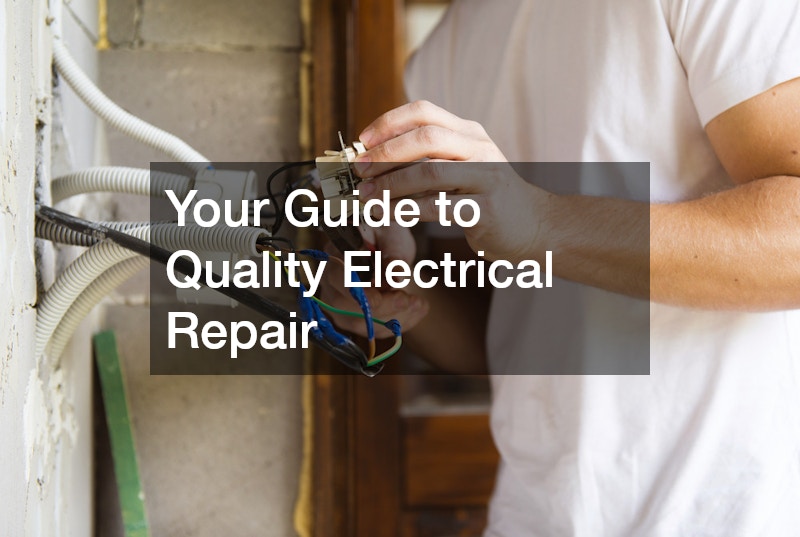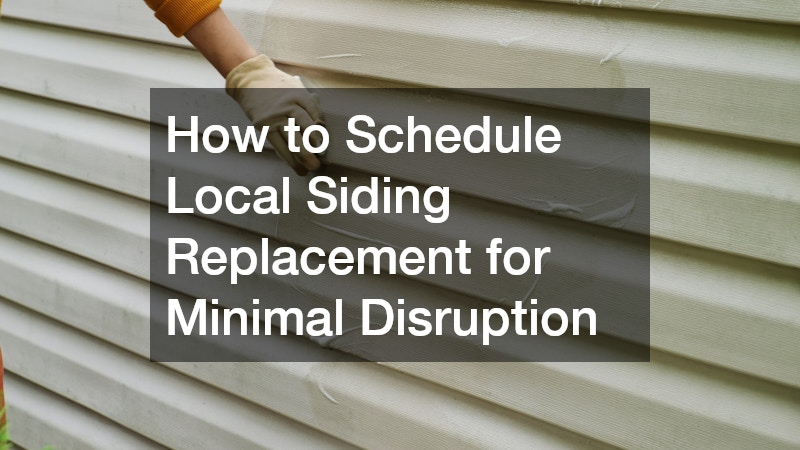In this guide, we’ll cover the essential aspects of electrical repair to ensure safety and quality in your home or workplace. From troubleshooting common issues to hiring the right professionals, this guide is your go-to resource for all things electrical repair.
Understanding Common Electrical Problems
Electrical problems can range from minor inconveniences to major hazards that pose risks to your property’s integrity and the safety of its occupants. Faulty wiring, frequent circuit breaker trips, and flickering lights are among the most frequent issues that homeowners encounter, often signaling deeper underlying issues.
By recognizing early signs such as unusual noises from outlets or persistent power outages, homeowners can take proactive steps to address these problems before they escalate.
Troubleshooting these issues requires a careful and systematic approach to ensure both your safety and the electrical system’s integrity. Before beginning, always ensure that the power is turned off to prevent any risks of electric shock or burns, which is crucial when dealing with live electrical components. Once safety measures are in place, inspect the components such as fuses, circuit breakers, and wiring for any visible signs of wear and tear, damage, or burn marks that could indicate the problem’s source.
The Importance of Hiring Qualified Electricians
Hiring a qualified electrician significantly impacts the outcome of electrical repair projects, as their expertise ensures that repairs are conducted safely and effectively. Professionals possess the required skills and knowledge to tackle complex electrical issues that may be dangerous or challenging for the average person to address. By entrusting the task to certified electricians, you not only ensure compliance with safety standards but also save on potential future costs associated with incorrect installations or repairs.
Qualified electricians bring with them a wealth of experience and a sharp attention to detail, ensuring that any repairs or installations adhere to the latest safety codes and best practices. They understand the intricacies of local regulations and possess the technical skills necessary to complete projects efficiently and safely, minimizing risks of future malfunctions or accidents. Additionally, they carry appropriate insurance and tools to address emergencies promptly, making them invaluable when unforeseen issues arise.
Essential Tools for Electrical Repair
Conducting electrical repairs safely and effectively requires a set of essential tools designed for precision and safety. Having the right tools not only facilitates efficient repairs but also ensures that safety is maintained throughout the process, minimizing the risk of electric shock or injury. Some of the fundamental tools include a multimeter for measuring voltage and current, wire strippers for handling cables, and screwdrivers insulated to protect against electric shock.
In addition to the basics, other useful tools include fish tapes for guiding wires through walls, voltage testers for confirming circuit activity, and pliers for gripping and bending wires. For those involved in regular DIY repairs, investing in a quality tool kit equipped specifically for electrical work can be a valuable asset, ensuring they have all necessary items on hand. Safety equipment such as gloves and goggles should also be part of your toolkit, providing an additional layer of protection during repair tasks.
Understanding Electrical Safety Codes and Standards
Electrical safety codes and standards are designed to safeguard people and properties from hazards associated with electrical equipment and installations. Familiarity with these criteria is fundamental for anyone undertaking electrical repairs to ensure compliance with national and local regulations. The National Electrical Code (NEC), for example, provides comprehensive guidelines on the safe installation of electrical wiring and apparatus, assisting homeowners and electricians alike in maintaining high safety standards.
Compliance with these codes involves periodic checks and inspections, which are instrumental in identifying potential risks that might otherwise go unnoticed until they result in costly damage or injury. Regular inspections ensure that installations are up-to-date with evolving standards and that any modifications or additions to electrical systems are performed within the regulatory framework. Ignoring safety standards not only increases liability but also jeopardizes the safety of residents by allowing flawed setups to persist unnoticed.
Cost Factors in Electrical Repair
The cost of electrical repairs can fluctuate based on several factors, making it essential to understand these variables when budgeting for maintenance or repairs. The complexity of the repair project significantly dictates expenses, with more complicated issues often requiring specialized expertise and additional labor hours, leading to higher costs. Material costs for components such as wires, switches, or circuit breakers can also impact overall expenses, with quality and availability affecting price fluctuations.
Geographic location is another factor that can influence costs, as regions with a higher cost of living typically have elevated service rates compared to less expensive areas. Therefore, it’s wise to research local market rates to gauge expected costs accurately, ensuring you’re not overcharged. Moreover, the urgency of repairs may impact pricing too, with emergency services often incurring premium fees due to the immediate demand for expertise outside of regular working hours.
Final Thoughts
By understanding these key aspects of electrical repair, you’ll be better equipped to manage electrical issues safely and efficiently. Remember, safety is paramount, and when in doubt, always consult a professional.
.




